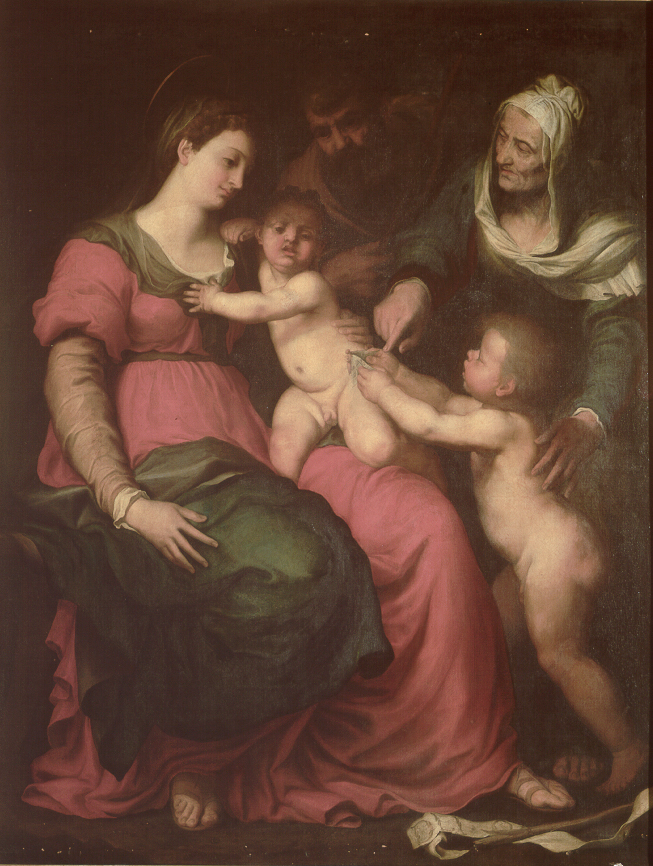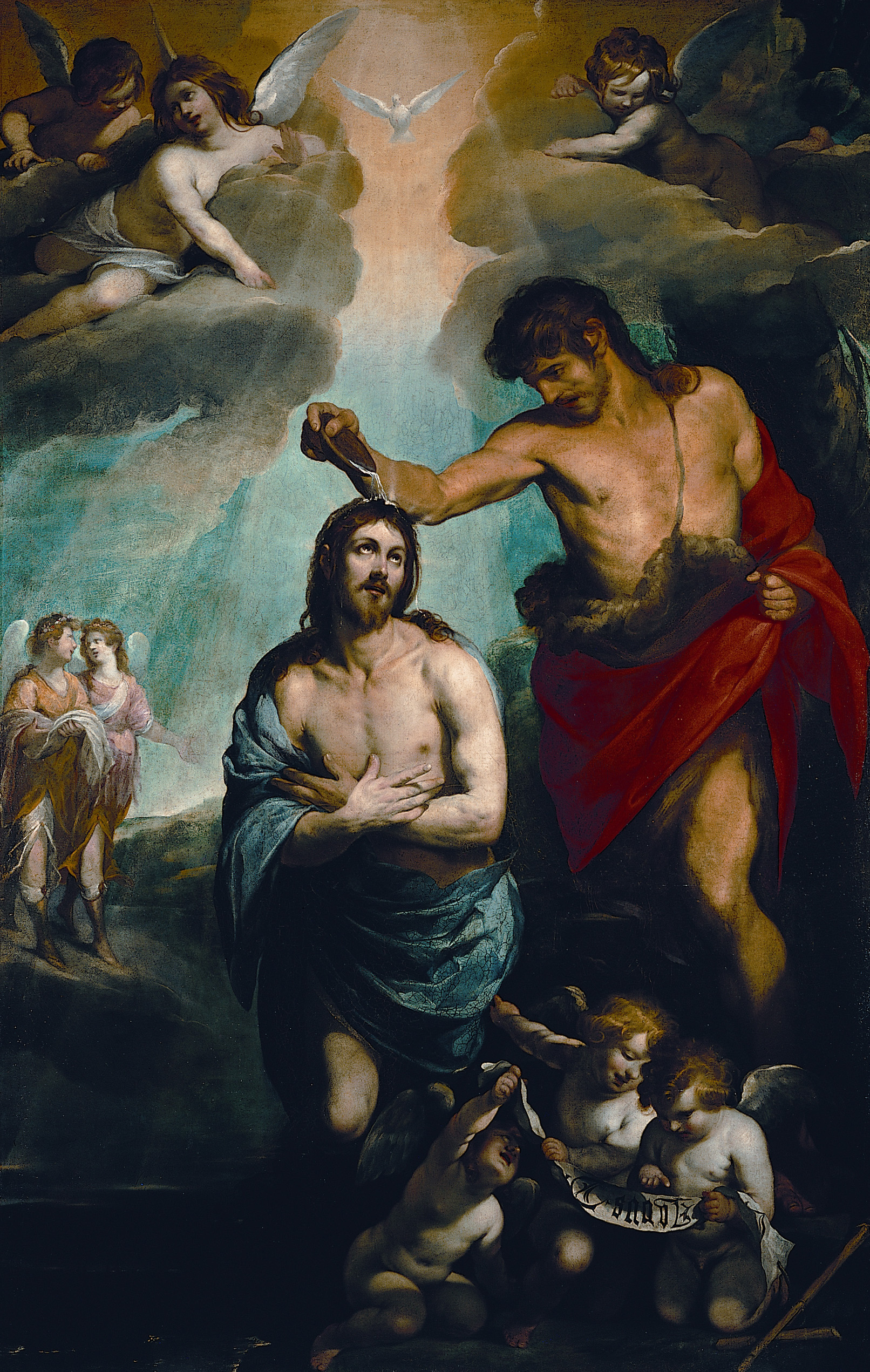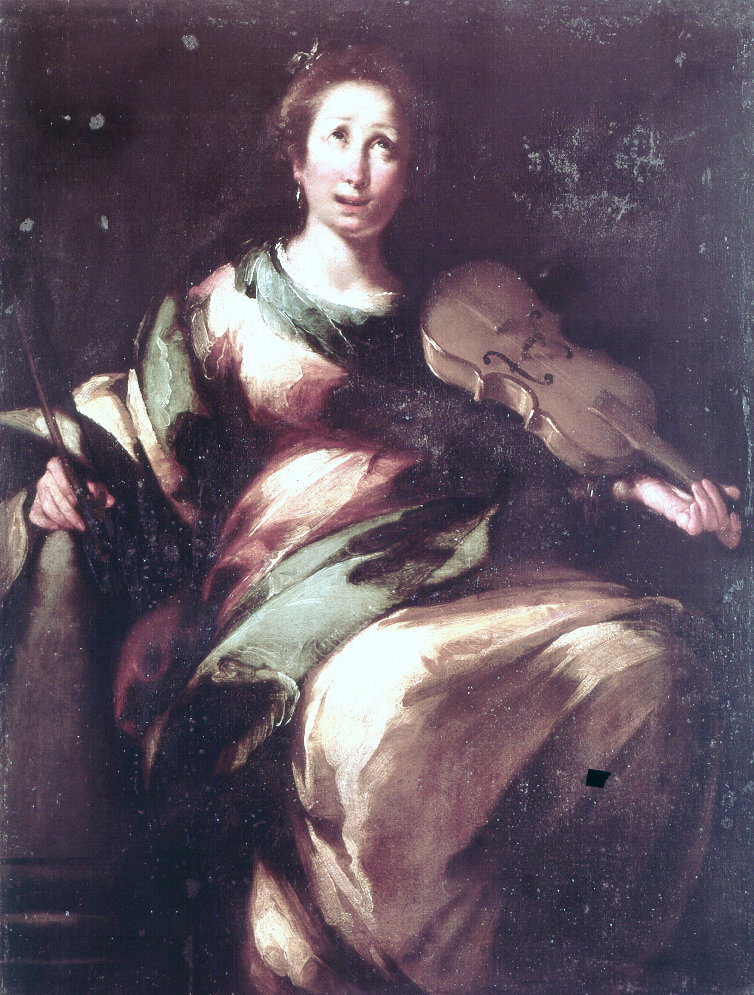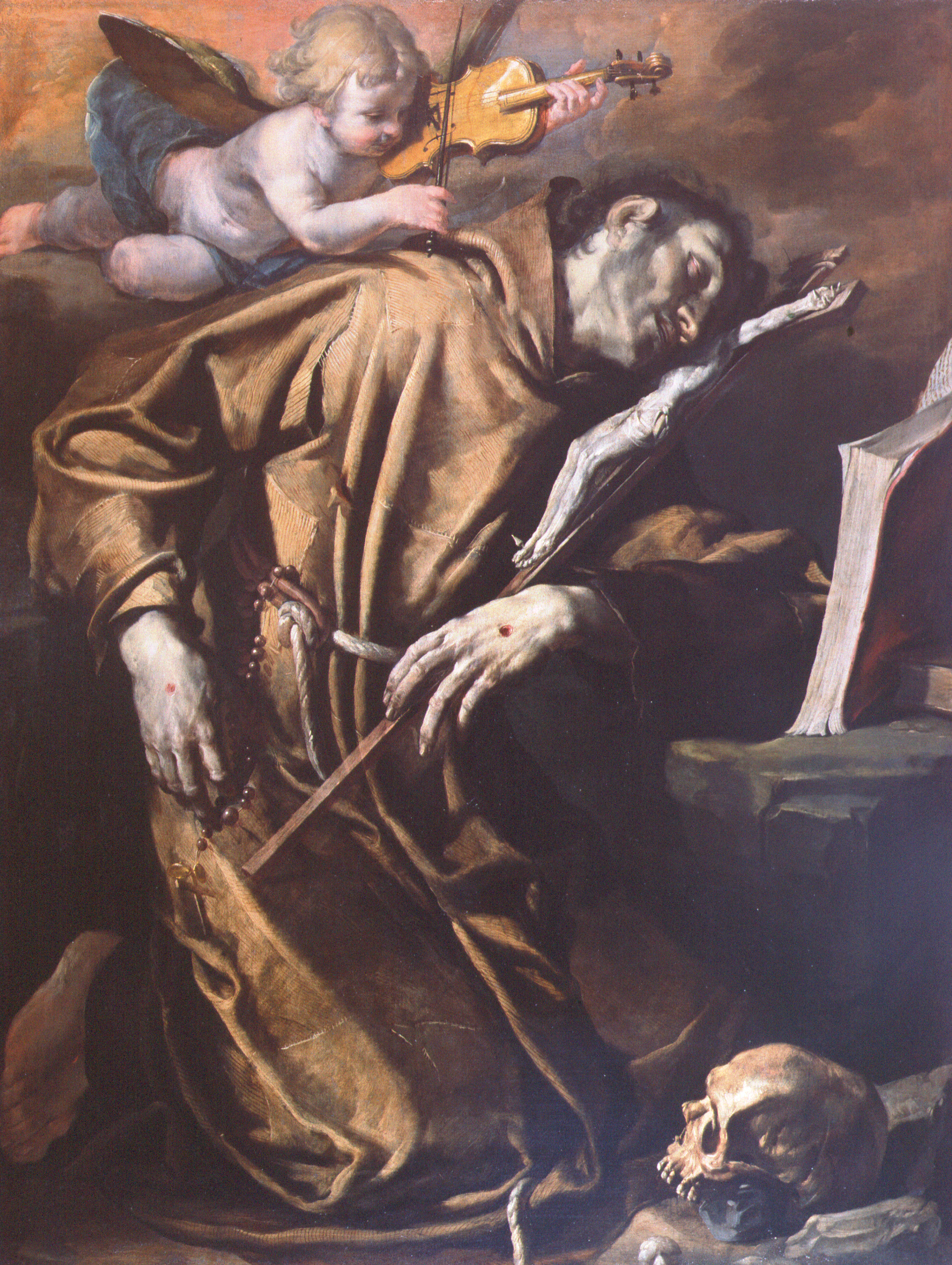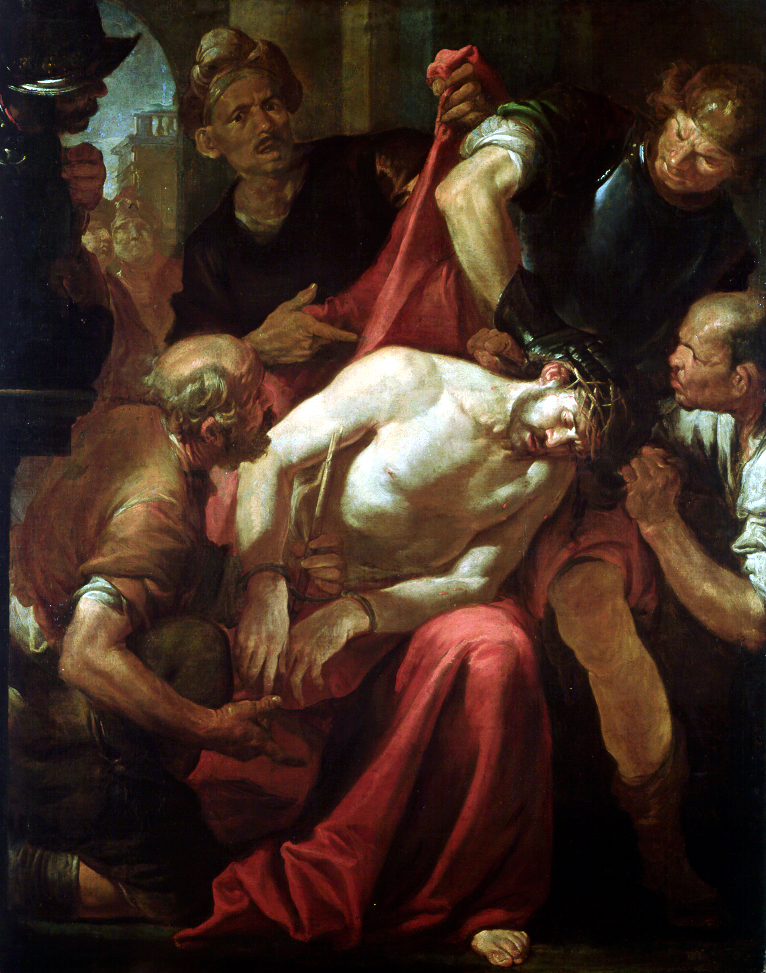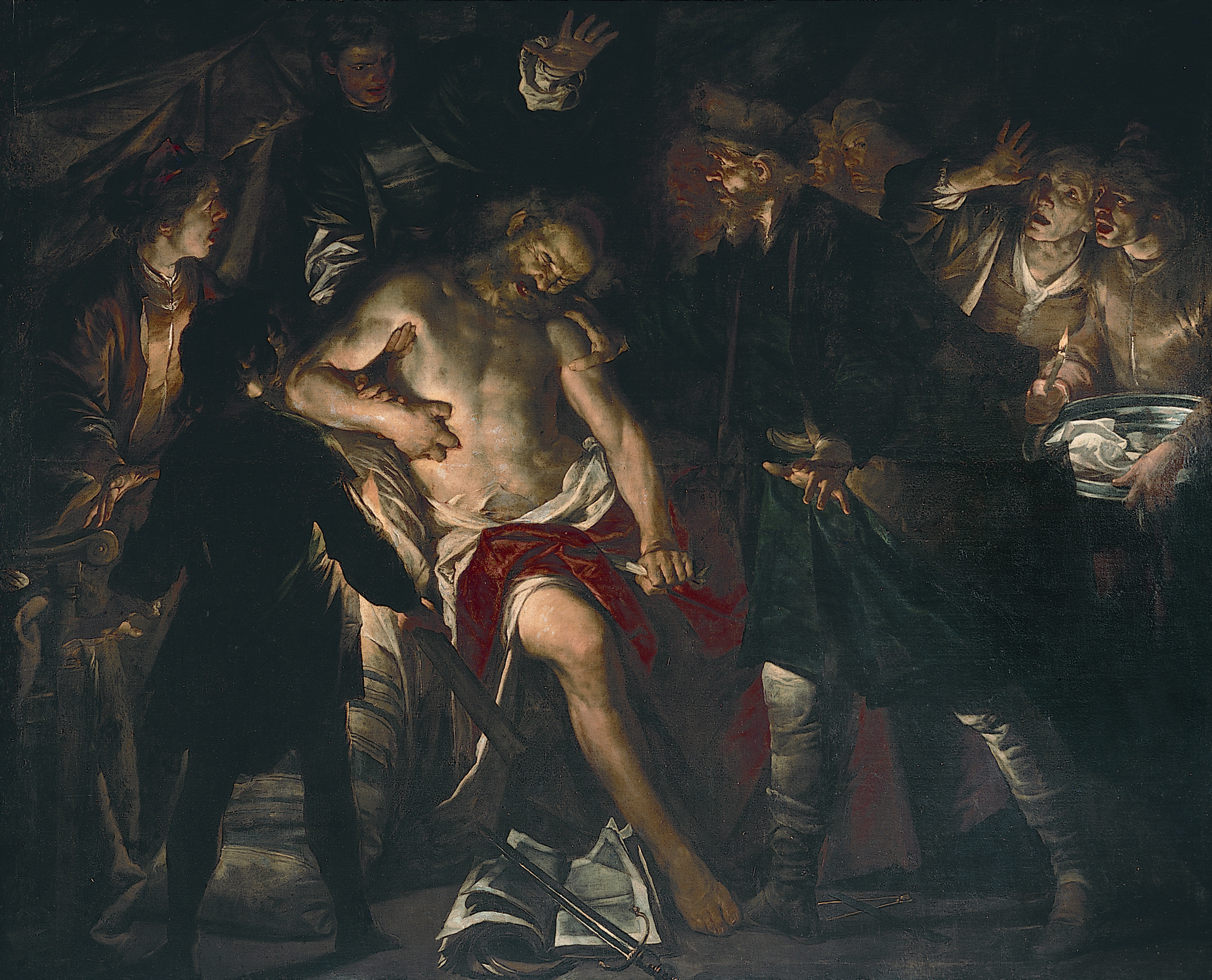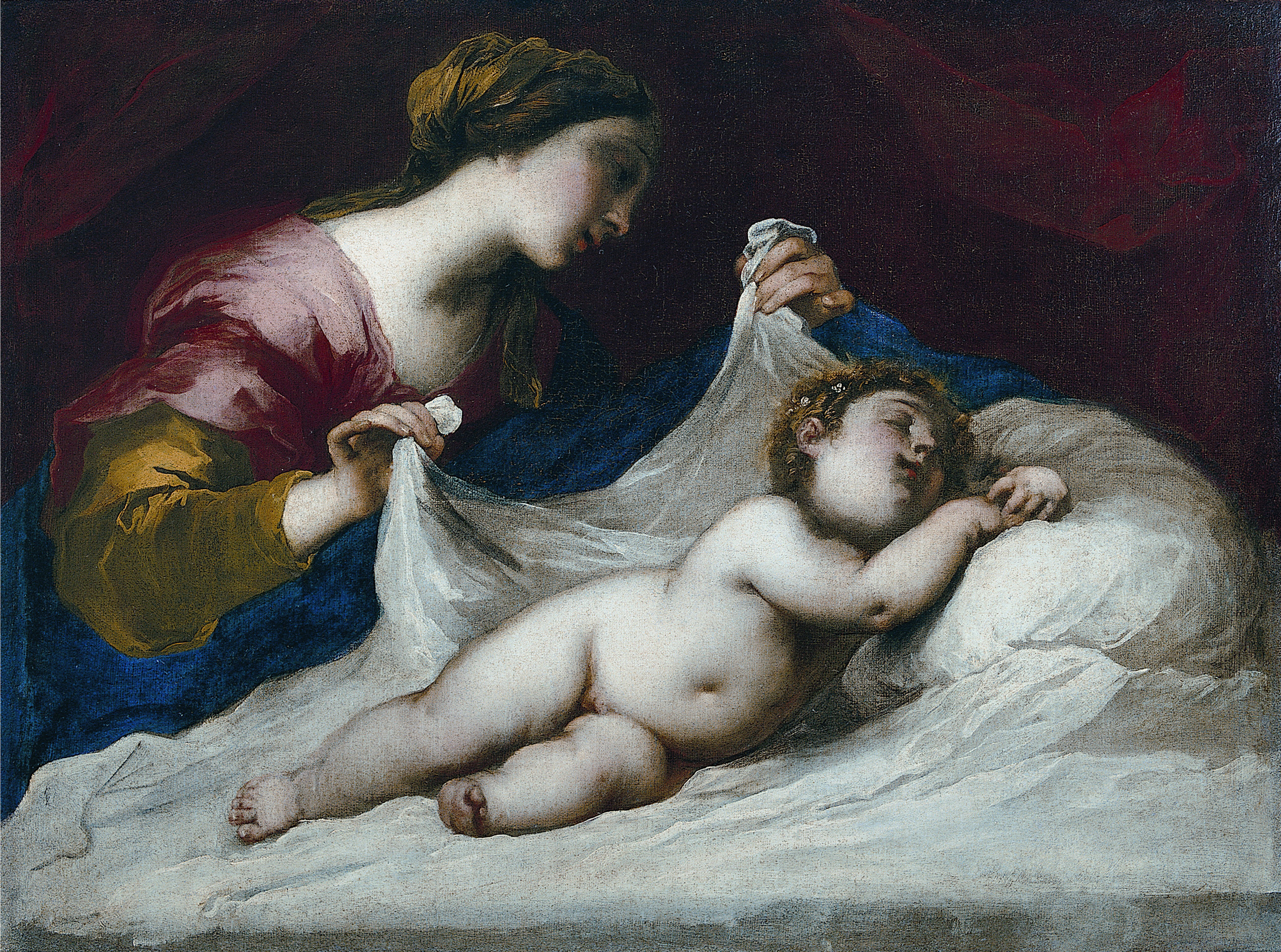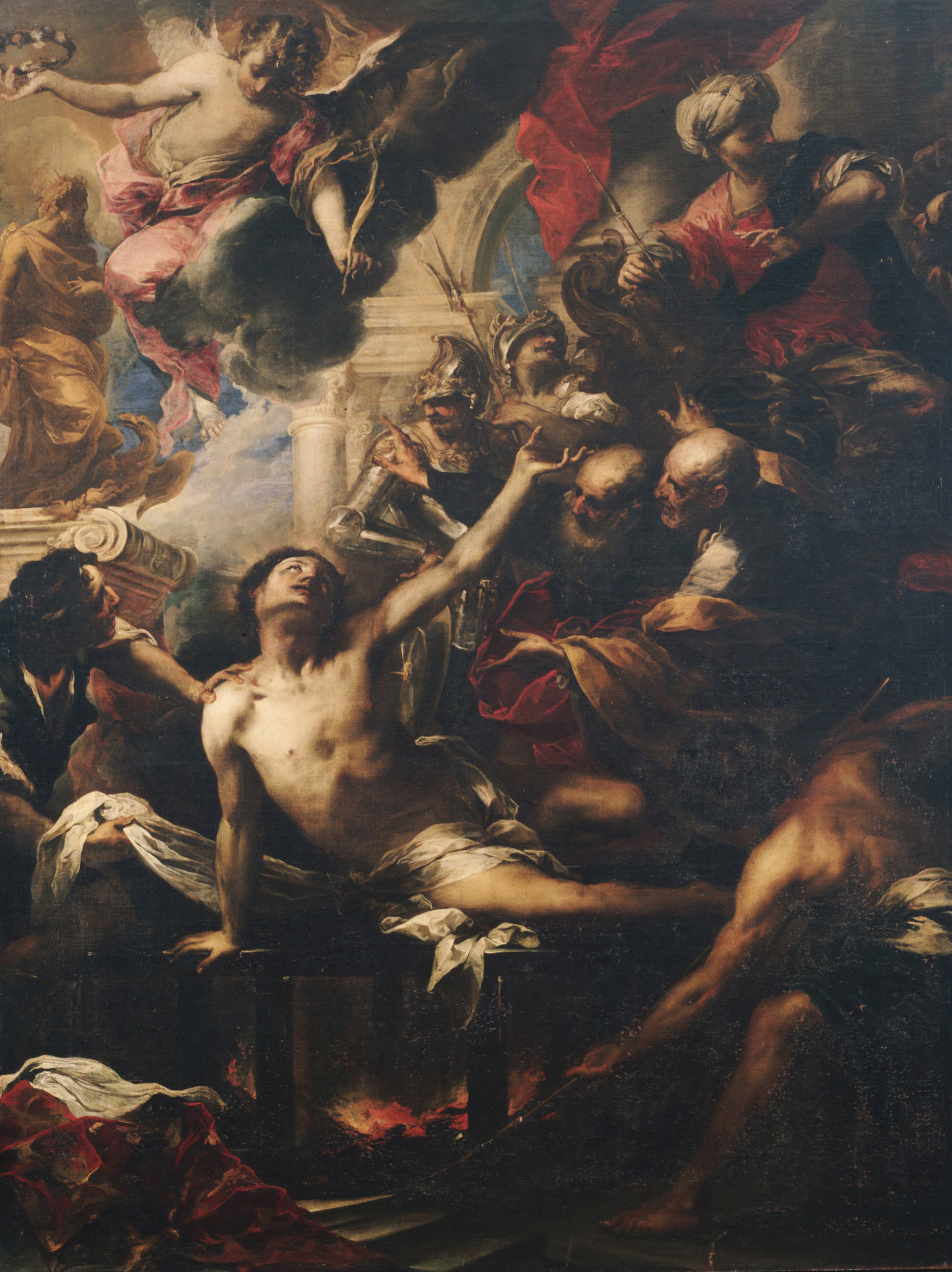
Click here to view image
Madonna of the Candle
Enrico Lorenzo Peirano 1926 - Provenienza
Cambiaso, Luca
PB 1958
Unità di misura: cm; Altezza: 104; Larghezza: 109
olio su tela
It is perhaps the most famous painting by this Genoese artist, who ended his career in the service of Philip II of Spain, whose pictorial process, rather articulate, starts from a gigantism of mannerist mold to arrive at an essential painting, made of almost geometric compositions, whose rigour is emphasized by limited shades in the range and plastered according to simple chords.
The cultural context that determined this "nocturnal" choice was its adherence to the most spiritual tendencies of the Catholic Reformation, while the domestic intonation, of great communicative impact, is aimed at promoting the sacred fact, hinged on the personal and intimate devotion of the client.
The painting (1570-1575) takes its title from the dim light of a candle that can be seen at the edge of the composition.
In reality, what highlights the delicate bending of Mary towards the breastfeeding Child, the cradle that will soon welcome him and the gesture of St Anne who, suspended the spinning, lovingly recommends silence to John and the profile of Joseph that, turned away, is going to another room, leaving women the warm intimacy of this moment, is a grazing light, external, cold. The figure of Jesus, on the other hand, is the only one that emerges completely from the shadows: his pearly flesh seems to shine with its own light, giving the scene a mystical atmosphere.


